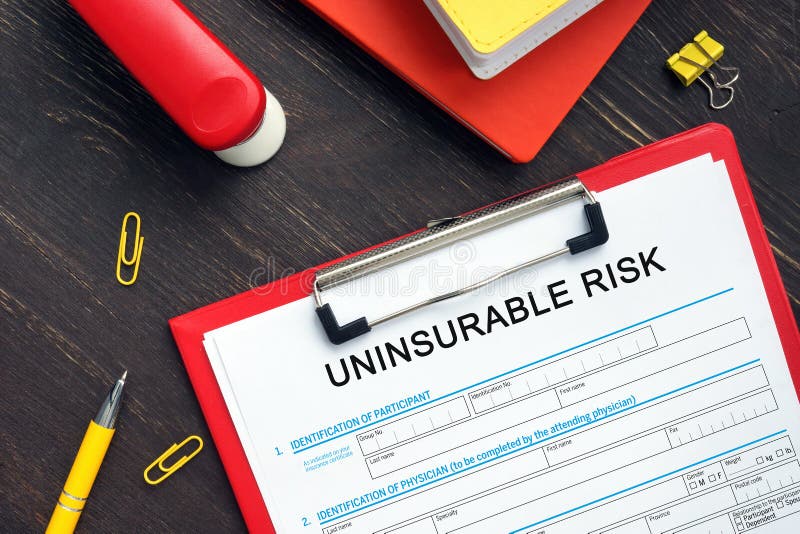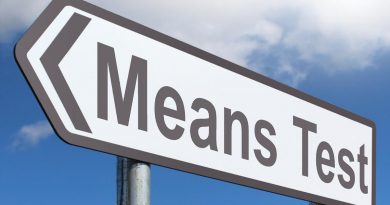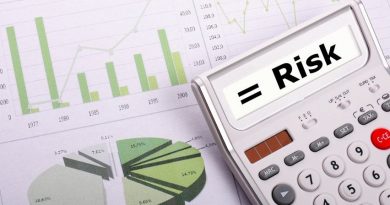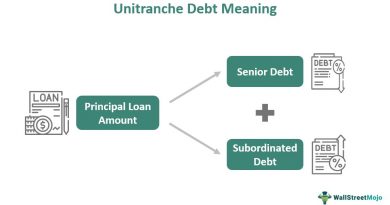Uninsurable Risk Definition and Examples

Uninsurable Risk: Definition and Examples
What Is Uninsurable Risk?
Uninsurable risk is a condition that poses an unknowable or unacceptable risk of loss or a situation in which insurance would be against the law. Insurance companies limit their losses by not taking on certain risks that are likely to result in a loss. Many states offer insurance for otherwise uninsurable risks through their "high-risk pools." However, lifetime benefits may be capped, and premiums may be expensive.
Key Takeaways:
– Uninsurable risk is a condition that poses an unknowable or unacceptable risk of loss for an insurance company to cover.
– An uninsurable risk could include a situation in which insurance is against the law, such as coverage for criminal penalties.
– An uninsurable risk can be an event that’s too likely to occur, such as a hurricane or flood, in an area where those disasters are frequent.
– High-risk coverage is available from some insurance companies, but the coverage could be limited and expensive.
Understanding Uninsurable Risk
Many people buy insurance even though there’s a low probability that the insured will need the policy. Young adults might buy life insurance or health insurance through their employers despite the unlikelihood of needing the coverage for many years. Others at higher risk also buy insurance, and both groups pay their monthly premiums to the insurance company.
Insurance companies practice risk pooling, which is the collection of premiums from low-risk and high-risk individuals. By grouping a large number of people together, the low-risk individuals essentially pay for the cost of the high-risk individuals. If insurance companies covered uninsurable risks, there would likely be an increase in payouts for insurance claims, reducing the funds in the insurance pool. As a result, uninsurable risks are not included in standard insurance coverage packages. For insurance to work, most of the group has to go without a loss. Otherwise, the insurance company runs out of money.
A risk is insurable when the risk is considered calculable and can be measured and tracked by actuaries who study data and probabilities for insurance companies. If a river floods 800 times in a century, the flood is an insurable risk. However, the insurer can’t insure against a marriage failing. With so many factors, there’s no way an actuary could reasonably calculate a definitive probability of success or failure. That’s the essence of uninsurable risk.
High-risk coverage is available from some insurance companies, and people with uninsurable risks might be able to get some level of coverage this way, but coverage will likely be limited and premiums more expensive. Some governments offer insurance coverage when regular commercial insurance markets can’t accept the risk. Government flood insurance, for instance, is available in high-risk areas because regular insurance companies won’t write the policies.
Special Considerations
Calling a risk uninsurable is not a simple conclusion to make. Some risks are clearly uninsurable because of the law, such as coverage for criminal fines and penalties. However, there isn’t a conclusive comprehensive list of all the uninsurable risks out there. Part of the job of corporate risk managers is to identify their organizational exposures as best they can and then work to manage or eliminate those risks. Sometimes, commercial insurance can be used to remove the bulk of that risk, but it’s not always possible.
Examples of Uninsurable Risks
Although insurance companies may have their own policies regarding what they consider insurable and uninsurable, below are examples of risks that might be considered uninsurable by many companies.
Too Likely to Occur
If an insurance company considers an event, such as a natural disaster or a catastrophe, to be too likely to occur, the event will likely be uninsurable.
For example, if a home is situated on the coast where there are frequent hurricanes and damage to properties, insurance companies might consider the risk of damage too likely to occur. As a result, the risk would be uninsurable, meaning insurance companies wouldn’t provide coverage caused by that event.
Homes located in flood zones or in areas where there are frequent landslides might also be considered uninsurable risks to insurance companies. Individuals and homeowners would likely need to seek help from the government or an insurance company that provides high-risk coverage.
Risk to Reputation
A company can experience damage to its reputation. For example, a recall of a company’s products due to safety hazards could damage the company’s name and reputation. An insurance company would face a difficult challenge in determining a monetary value of a company’s reputation to insure that amount. There are too many factors and variables involved for an insurer to value the reputation of one company versus another, and many things could go wrong.
Regulatory Risk
Regulations are laws issued by government agencies designed to protect citizens from wrongful actions by corporations or other parties. Regulations can change frequently, and many businesses struggle to keep up. Examples of regulations include new laws to protect the environment or changes in food safety laws. Insurance companies would have a difficult task in predicting the probability of regulatory changes and assigning a monetary value to the damage caused to a company as a result of that change.
Trade Secret Risk
Trade secret risk can involve national security when a government employee takes information from a computer. The risk can also occur in companies when an employee might take a client list home and offer it to the competition in exchange for a job. Companies would have difficulty finding an insurer that would cover the damage if its trade secrets were stolen or given out.
Political Risk
Multinational corporations face challenges when they open operations overseas. Companies located in developing nations may experience political risk, such as political upheaval if the government is overthrown or collapses. Developing nations often do not have the financial stability of developed countries, and as a result, can default or not pay its financial obligations. A nationwide default might include the inability to pay for public services or a country being unable to pay its national debt. Insurance companies would not be able to forecast the likelihood of a political event occurring and the cost of insuring that event would likely be prohibitive.
Pandemic Risk
A pandemic is an outbreak of a disease that spreads over an entire country or the whole world. The risk of a pandemic is nearly impossible for insurance companies to predict and estimate the damages that could be caused to individuals and corporations. Businesses might be able to use other insurance policies to recoup some of the costs of a pandemic. For example, a company might have insurance that covers stoppages in their supply chain, such as being unable to buy raw materials or inventory.
As with the other uninsurable risks, some insurance companies are willing to cover the risks associated with a pandemic. However, there could be limits to the coverage within those policies and hefty premiums.



